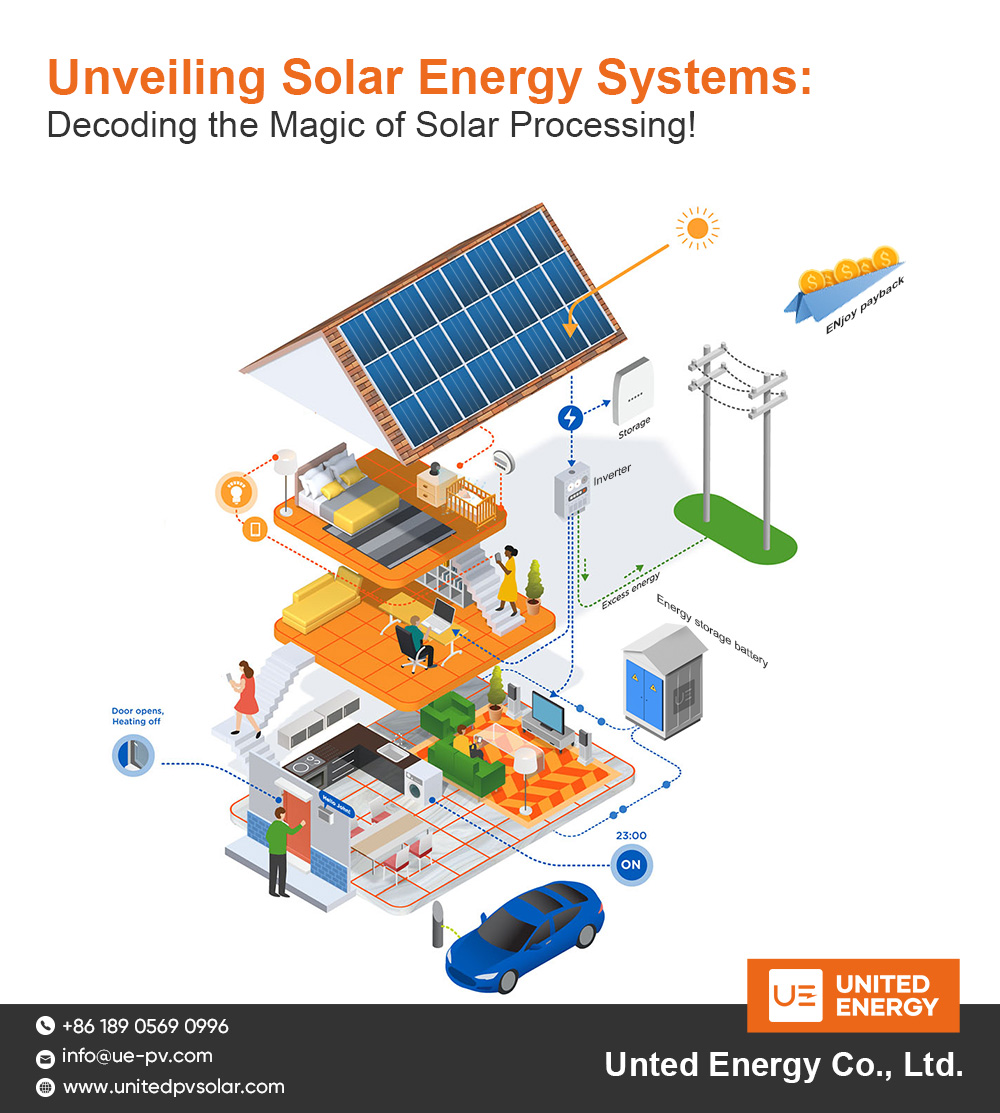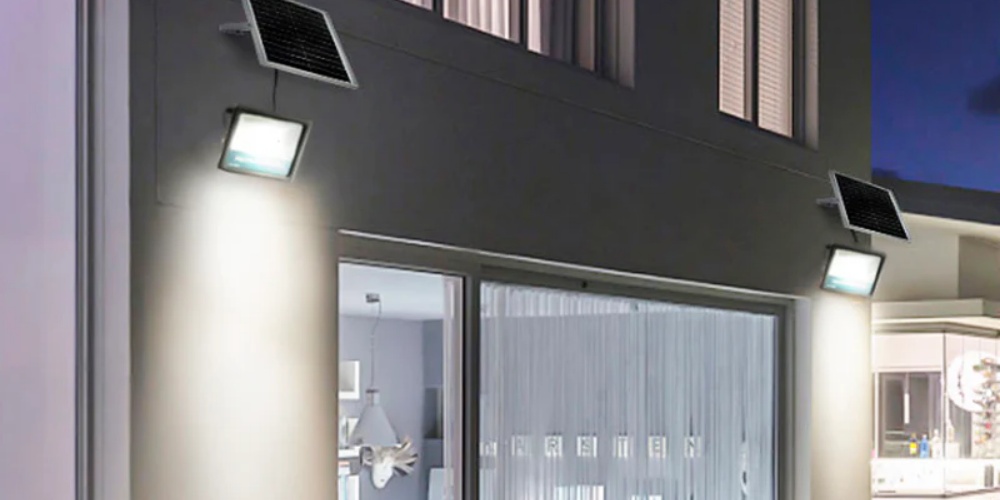In recent years, Battery Energy Storage Systems (BESS) have become a core driver of the global energy transition. According to recent research reports by the International Energy Agency (IEA) and Bloomberg New Energy Finance (BloombergNEF), global investments in battery energy storage systems reached an all-time high in 2023, with deployment rates hitting unprecedented growth. This trend not only reflects the market's strong demand for clean energy technologies but also highlights the crucial role that battery storage will play in future energy systems.

Rapid Growth in Global Investment and Deployment
Both the IEA's "Special Report on Battery Storage and Energy Security" and BloombergNEF's "Global Energy Storage Outlook" report highlight that global investment in battery energy storage systems in 2023 exceeded any previous year. The IEA report states that the total installed capacity of various energy storage systems worldwide in 2023 was 42GW, indicating that battery energy storage systems received the most investment among all energy sector technologies. Meanwhile, BloombergNEF estimates that the global deployment of energy storage systems (excluding pumped hydro storage) in 2023 was 44GW/96GWh, almost three times the scale of 2022. It is projected that the global addition of energy storage systems will grow by 60% in 2024, reaching 67GW/155GWh. By the end of 2030, the compound annual growth rate (CAGR) of the energy storage market will be 21%.
This growth rate means that by 2030, the global deployment of new energy storage systems will reach 137GW/445GWh, with cumulative deployment hitting 782GW/2205GWh. The growth rate of installed energy storage systems will far outpace that of solar and wind power installations, with BloombergNEF forecasting compound annual growth rates of 8.9% and 6.6% respectively for solar and wind power from 2024 to 2030.
Regional Market Dominance
By 2030, China and the Asia-Pacific region will dominate the global energy storage market. BloombergNEF notes that the continued decline in the cost of battery energy storage systems is a key factor driving rapid deployment. As of February 2024, the average cost of a 2-hour duration battery energy storage system operating in China had dropped to $115/kWh, a 43% decrease compared to the same period last year.
Driven by the Chinese market, the Asia-Pacific region will account for half of the world's new energy storage systems. The EMEA region (Europe, Middle East, and Africa) will see its market share rise from 11% in 2023 to 19% by 2030, while the Americas' market share will drop from 28% in 2024 to 19% in 2030. The United States will become the world's second-largest energy storage market, adding 7.4GW/22GWh in 2023, with a cumulative deployment of 134GW/484GWh expected by 2030. Germany will emerge as the third-largest energy storage market, with cumulative deployments reaching 62GW/109GWh by 2030.
Power and Transportation: Twin Pillars of Decarbonization
Battery energy storage systems contribute significantly to the global energy transition, impacting not only the power sector but also the transportation sector. IEA Executive Director Fatih Birol emphasizes that the power and transportation industries are critical to achieving energy transition and limiting global warming. Since 2010, the cost of lithium-ion batteries has decreased by approximately 90%, with higher energy density and longer lifespan making them dominant in electric vehicles and battery energy storage systems.
Despite the ubiquity of batteries in modern life, the energy sector, including electric vehicles and battery energy storage systems, currently accounts for 90% of lithium-ion battery demand, up from about 50% in 2016. Battery prices have fallen from $1400/kWh in 2010 to below $140/kWh in 2023, providing strong support for decarbonizing the power and transportation sectors.
Despite the rapid rise of battery energy storage technology, its further development still requires policy support. BloombergNEF points out that most leading energy storage markets have set deployment targets, and government subsidies and policy frameworks are crucial for expanding battery energy storage system deployment. The IEA report also notes that while battery energy storage systems are already cost-competitive compared to coal power plants in India, further cost reductions are needed to scale up deployments.
Moreover, diversifying the battery supply chain is vital. Currently, global battery production and supply chains depend on a few countries, posing potential risks. BloombergNEF indicates that although investments in energy transition technologies have generally increased, the expansion of battery manufacturing and supply chain investments is still insufficient to meet global carbon emission goals.
In conclusion, battery energy storage systems will play an indispensable role in the future energy landscape. With advances in technology and declining costs, these systems will not only drive decarbonization in the power and transportation sectors but also provide a solid foundation for the global energy transition. Despite the challenges, the future of battery energy storage systems remains promising, driven by policy support and market demand.










